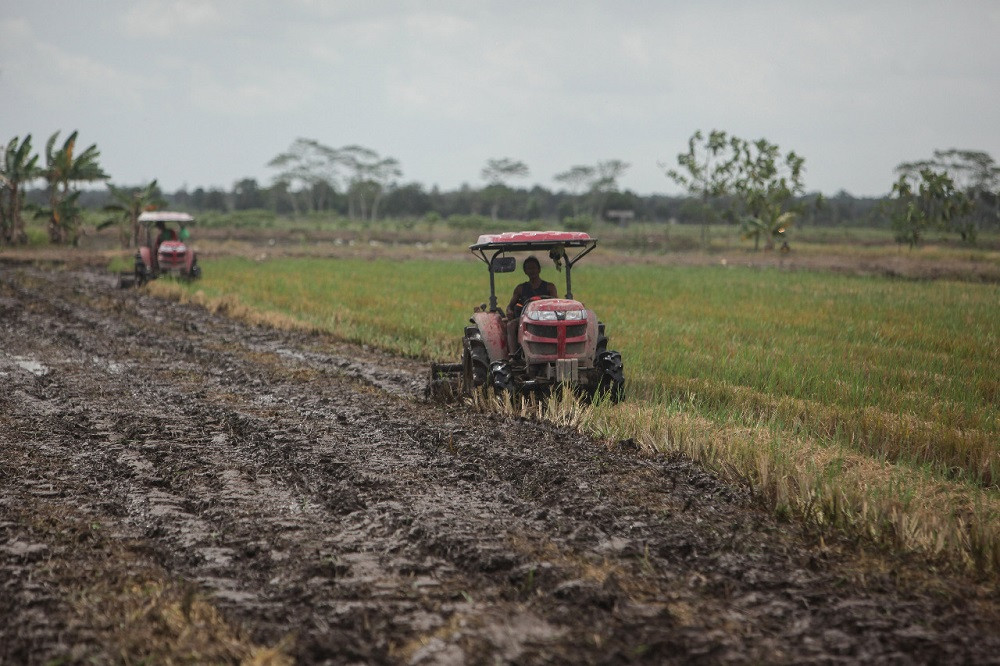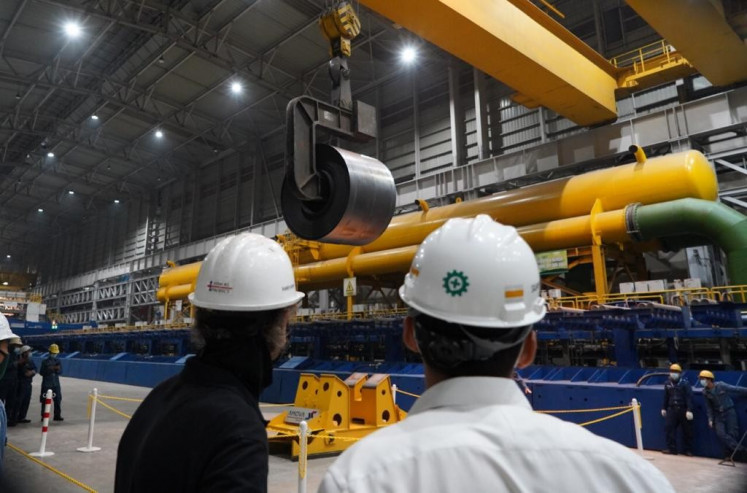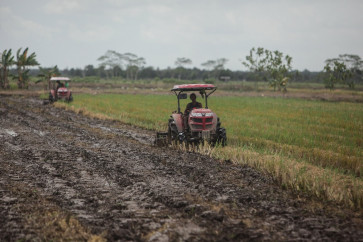Popular Reads
Top Results
Can't find what you're looking for?
View all search resultsPopular Reads
Top Results
Can't find what you're looking for?
View all search results[INSIGHT] Village SDGs backbone of national development
What has been missing from the spotlight, perhaps, is the fact villages have contributed 74 percent of Indonesia’s SDG achievement.
Change text size
Gift Premium Articles
to Anyone
T
he world acknowledges the Sustainable Development Goals (SDGs) as one of the most comprehensive products the United Nations has ever created, consisting of all aspects of development, and Indonesia has adopted and formalized them through Presidential Regulation (Perpres) No. 59/2017.
Unfortunately, the country’s performance in its efforts to meet the SDGs has not improved much since. Indonesia currently ranks 101st out of the 116 states party to the initiative, down from 98th in 2016.
What has been missing from the spotlight, perhaps, is the fact villages have contributed 74 percent of the nation’s SDG achievement. Villages truly play a pivotal role as they serve as the backbone of the national SDG effort. But ironically, villages have often been excluded from action plans and from the measurement of national SDG indicators.
Notwithstanding the variety of development ideologies, global development management has shifted its focus on goals attainment, as summarized in the 2015-2030 SDGs. Relations among nations have been fortified by the common achievement indicators, which evolved from 196 indicators in 2015 to 247 indicators in 2020.
The neglect of villages can be attributed to the typical grand narrative of development and its use of the country as a unit of measurement. When this is translated into regional development, the available measurements tend to only be at the provincial and regency level, for example the gross regional domestic product (PDRB).
This grand narrative lacks local and historical context. As a result, it may detach villages from their social and cultural roots.
The contribution of villages is obvious because the existing 74,953 village administration areas account for 91 percent of the nation’s territory. This implies that the fulfillment of village development goals contributes 91 percent of the 10 region-oriented national SDGs: clean energy, economic growth, industry and innovation, reducing inequality, climate mitigation, ocean preservation, land preservation, institutions and justice and the development of cooperation networks.


















